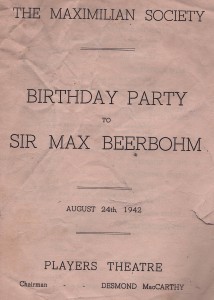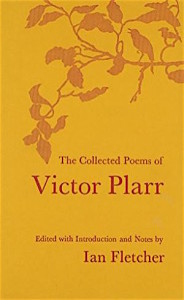
Anthony d’ Offay ( b. 1940) was once one of London’ s leading dealers, with a reputation as a specialist in late nineteenth and twentieth century art. He opened his first gallery in 1965 aged 25, but closed it in 2001.The third catalogue he issued was entitled Art and Literature, 1870 – 1920. We found this lip smacking treasure house of goodies lying about Jot HQ the other day. Undated, though probably published sometime in the late sixties ( evidently, d’Offay’s London telephone number was Welbeck 7566), the catalogue is a miscellany of drawings, designs, posters ,original artwork, a few printed books, the occasional literary manuscript and collection of letters from prominent British and continental writers and artists. Some items stand out
On the literary front, there is an unpublished holograph manuscript of ‘an important ‘ poem by Mary Shelley on the death of her husband Percy B. Shelley, who drowned in 1822. The price of £350 seems on the face of it a bit steep (for the time) for a mere three stanzas, until one thinks of how highly rated the author of Frankenstein is today. According to D’Offay, there doesn’t seem to be any evidence that the poem was published. In 1876 the critic H. Buxton Forman published Mary Shelley’s ‘ The Choice ‘, which was a tribute to her late husband, but this was a much longer poem. The D’Offay MS may have been a draft of this work, but until its present whereabouts of it is revealed we won’t know.
There is also a holograph manuscript of a draft novel entitled L’Amour Parricide by Charles Baudelaire dated c 1864. According to D’Offay, ‘ the holograph drafts… were lost until recently when they came to light after more than seventy years obscurity.’ D’Offay wanted £75 for this rarity, which certainly doesn’t seem outrageous.
Of the printed items we find The Fairies Wood ( c 1899) by the cult writer Ronald Firbank, who at this time signed himself Arthur Firbank. According to D’ Offay, this is ‘the first copy to be offered for sale in sixty-five years ‘ though he somehow neglected to mention that this example of the first printed work by Firbank was basically just a piece of card printed on one side only. The stanzas themselves are hardly more rewarding than greetings card ‘ verses ‘ which even the most ardent Firbank collector would shrink at paying the £105 asked for. Nevertheless, that same piece of card is currently on sale at an eye watering £3,500.
Continue reading


